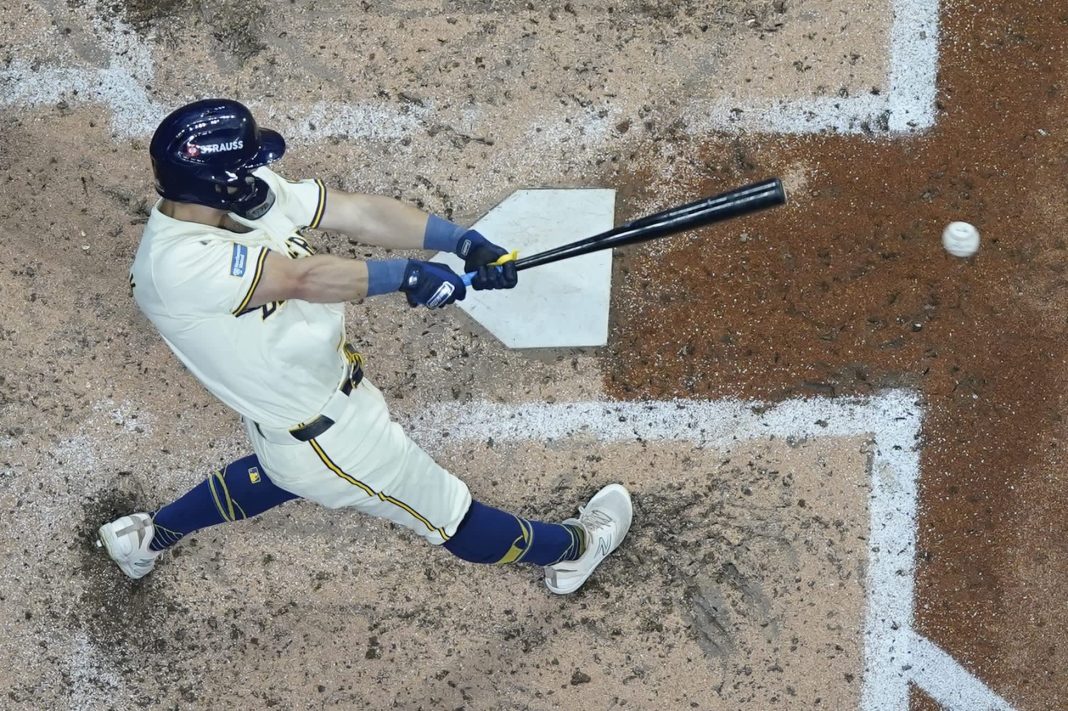In the evolving landscape of sports broadcasting, the recent moves by Diamond Sports, the owner of Bally Sports-branded regional networks, signal a seismic shift that could redefine how Major League Baseball (MLB) teams connect with their fans. On June 28, 2023, following the Atlanta Braves’ 3-0 victory over the Minnesota Twins, the implications of Diamond’s decisions began to unravel, illustrating the challenges facing regional sports networks in an era dominated by cord-cutting and changing consumer preferences.
**The State of Regional Sports Networks**
Historically, regional sports networks (RSNs) have enjoyed a lucrative relationship with professional sports leagues, including MLB. They offered significant fees to air games, creating a symbiotic relationship that benefited teams financially. However, the rise of streaming services and a trend toward cord-cutting have drastically altered the landscape. According to a report by the Leichtman Research Group, as of 2023, over 25% of U.S. households no longer subscribe to traditional pay-TV services. This shift has placed immense pressure on RSNs, leading to declining subscriber numbers and revenues.
In March 2023, Diamond Sports filed for bankruptcy, citing a heavy debt burden stemming from its acquisition of the networks from Disney in 2019. The financial strain has led to a reevaluation of how rights fees are structured, with Diamond seeking to renegotiate contracts to better reflect current market realities. As a result, they announced plans to drop all MLB teams from their broadcasts, with the notable exception of the Atlanta Braves, leading to significant uncertainty for numerous franchises.
**The Impact on MLB Teams**
The ramifications of Diamond’s bankruptcy proceedings and the subsequent decision to cut ties with many teams have sent shockwaves through the MLB community. Teams such as the Cincinnati Reds, Cleveland Guardians, and Detroit Tigers, among others, have found themselves in a precarious position, as their contracts face renegotiation or outright cancellation. Diamond Sports attorney Andrew Goldman expressed that the company’s choice to reject these teams was not their preferred path, stating, “Our preferred plan is to bring as many teams into the reorganized fold as possible.”
However, the situation has raised concerns among team owners and league officials. MLB attorney James Bromley lamented that “some of our clubs are being left out in the cold again,” highlighting the precarious nature of negotiations. The league itself has had to adapt, with a growing emphasis on alternative broadcasting strategies. Following the departures of the San Diego Padres and Arizona Diamondbacks from Bally Sports last year, MLB began distributing games through its own platforms, demonstrating a willingness to pivot in response to changing circumstances.
**The Future of Broadcasting in MLB**
As Diamond attempts to emerge from bankruptcy, the landscape for MLB broadcasting remains uncertain. The company is under pressure to honor contracts with other leagues, such as the NBA and NHL, which could impact its capacity to negotiate favorable terms with MLB franchises. A Diamond spokesperson asserted, “We firmly believe that through our linear and digital offerings, we have created the best economic and fan-friendly engine for all of our team partners.” Yet, skepticism remains, particularly as the company grapples with the realities of a shifting media environment.
Recent studies suggest that sports viewership is increasingly moving online, with younger audiences favoring streaming services over traditional broadcasts. A 2022 Nielsen report highlighted that 53% of Gen Z viewers prefer to watch sports through streaming platforms, a trend that could further complicate the future of RSNs like Diamond Sports.
**Conclusion: Navigating the New Normal**
As the dust settles on the latest developments, both MLB teams and fans must brace for a new era of sports broadcasting. The fate of regional sports networks hangs in the balance, with Diamond’s future still uncertain. With the potential to reshape how games are consumed, this situation serves as a poignant reminder of the rapidly changing media landscape.
In the end, it might not just be about the teams that remain with Diamond Sports but also about how MLB adapts to ensure that fans continue to engage with their favorite teams, regardless of the platform. As the industry evolves, the focus must remain on delivering value to fans and ensuring that the heart of the game—the connection between players and supporters—remains strong.

